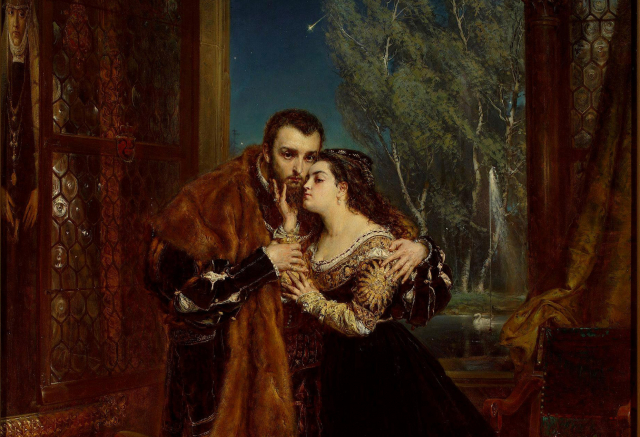An Introduction to Late Medieval and Renaissance Poland & Lithuania
From the Baltic to the Black Sea

The Jagiellonian Dynasty
In this podcast, Professor Natalia Nowakowska (University of Oxford) discusses the history of late medieval Poland and Lithuania.
Beginning with the origins of the Polish-Lithuanian Union in 1385, Professor Nowakowska takes us on a journey that will see the Union become one of Europe's largest political and economic powers, ranging from the Baltic to the Black Sea, and with Poland becoming a centre for the Renaissance known for diversity, tolerance and the advancement of knowledge. The Jagiellonian response to the Reformation and their early experimentation with democracy provides an interesting contrast to the approaches of their west European contemporaries.
Professor Nowakowska reveals how the fall of the Golden Horde created a power vacuum (in what is now Ukraine/Belarus) that the Jagiellonian dynasty would fill, how the Grand Duchy of Moscow would construct a sense of Russian identity in opposition to the dominance of the Polish-Lithuanian Union (a narrative still used today), and how the failed Crusade of Varna would cement the Ottoman Empire's foothold in Europe.
The Polish-Lithuanian Union was a bridge between Europe and Asia, and its contested history represents a significant part of many succeeding nations' origin stories. Its history is a vital piece of the puzzle for those who would like to better understand the Europe of today.
1. What were the origins of the Polish-Lithuanian union? How did it transform the political establishment in Poland and Lithuania?
2. Who were the main powers of eastern and central Europe at the end of 14th century? How did the union transform the balance of power?
3. How did the union develop into one of Europe’s largest political and economic powers?
4. Who was Casimir IV? What role did he play in the transformation of Poland and Lithuania?
5. How does political authority develop during this period? How does union transition towards becoming a noble’s democracy?
6. How and why does Poland become a centre of scholarship during the Renaissance? Can you tell us about some of its most significant thinkers?
7. Can you tell us about Polish-Lithuanian innovations in art, literature, and architecture?
8. What does the rise of the Great Duchy of Moscow mean for the union?
9. What does the rise of the Ottoman Empire mean for the union?
10. How unique was King Sigismund I response to the Protestant Reformation?
11. To what extent was Poland-Lithuania a beacon for known for liberty, tolerance, and diversity by the end of Sigismund II’s rule?
12. How should the Jagiellonian dynasty be remembered?
13. Sources.
In order to access the full content of the podcasts please Login or Join the HA.

